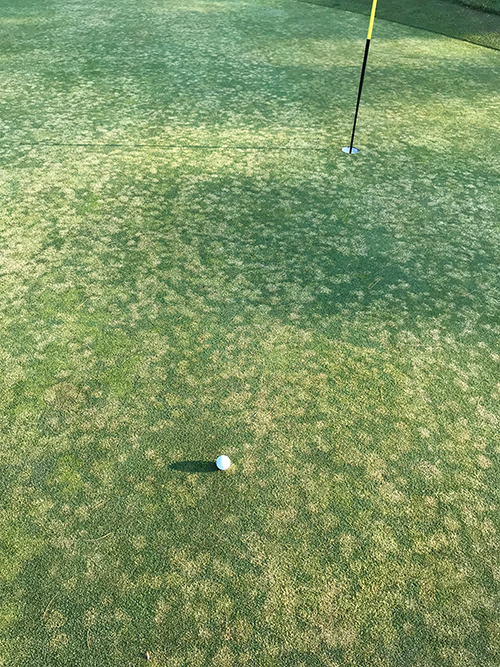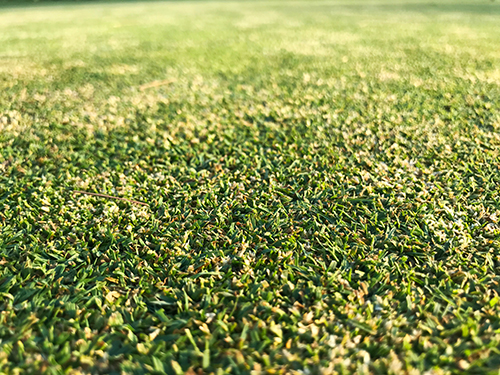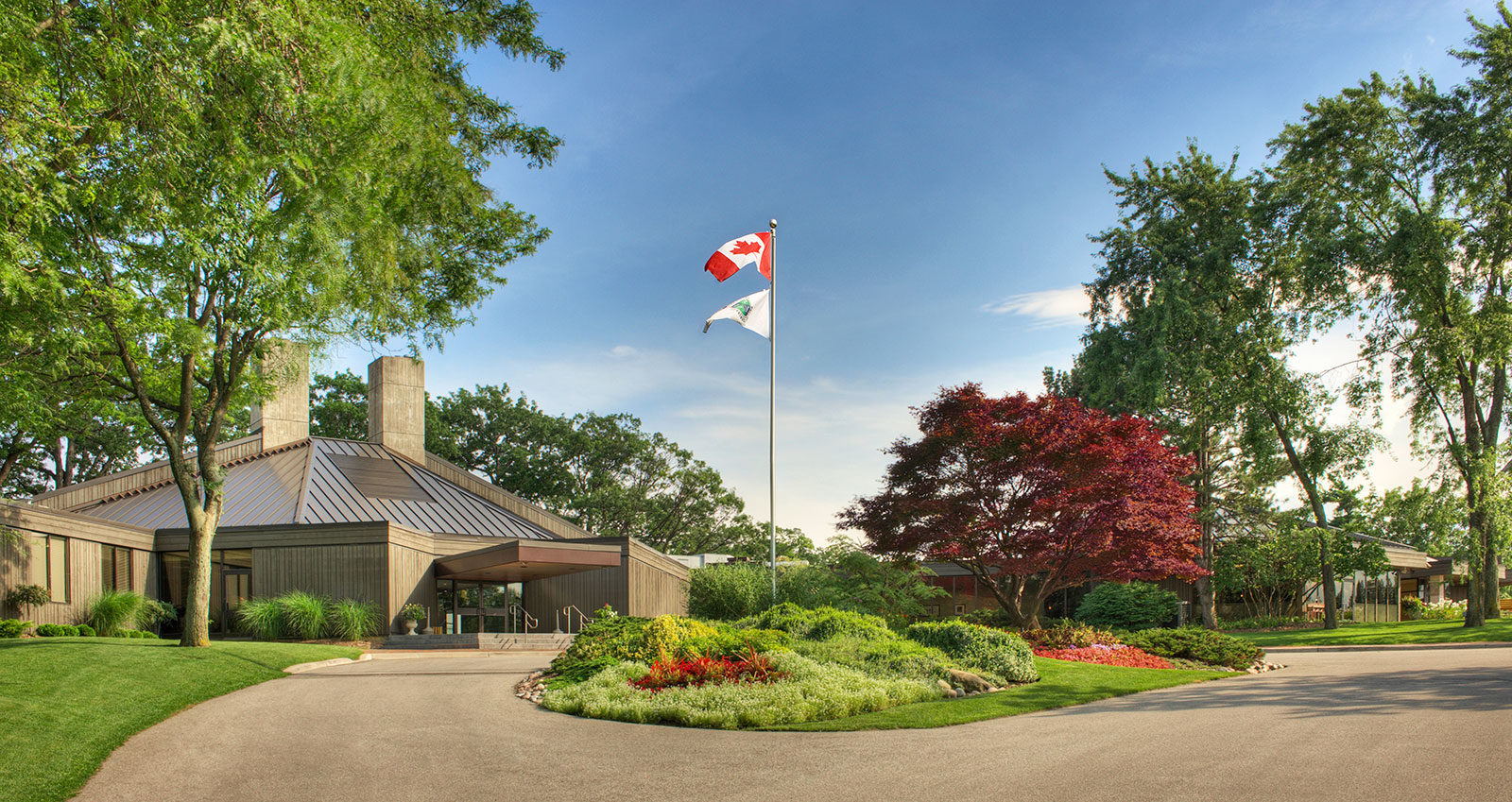After a roller coaster start to the season, we’ve begun to find our rhythm as we work to fine tune playing conditions and housekeeping throughout the property. Please read on for a brief summary of what’s been going on and what to expect in the coming weeks.
Early Spring Update
- Two windstorms this season, the worst occurring on May 4, were responsible for the loss of approximately 40 trees.
- Member cleanup on May 5 saved the greens staff nearly two weeks of cleanup work! Thank you!
- Although debris cleanup was mostly finished on the weekend, greens staff have been busy picking up logs and chipping branches while Davey Tree Services finished dismantling trees affected by the storm. This process was completed on May 14.
- Final stump cleanup and sodding was completed on May 25.
It feels great to finally have the bulk of the cleanup behind us. It has been frustrating though to spend such a great deal of time on these tasks when we should have been addressing detail items and housekeeping around the golf course and clubhouse.
Over the next couple of weeks, you will see an increased emphasis on addressing the aforementioned areas to bring the entire property up to expected maintenance standards.
Greens
Due to the late arrival of normal spring temperatures, all timing milestones this season are approximately 3 weeks behind schedule.
- Greens aerification was completed on April 25; the entire process went smoothly.
- The final (lowest) height of cut for greens was reached on May 8.
- All aspects of the greens are performing as they should.
- We have nearly finished applying all inputs that are required to set us up to manage the best putting surfaces possible.
- Our annual blue grass (poa annua) population has been prolifically seeding for the past 7-10 days. Typically, this physiological event should be behind us by now, but as mentioned above, we’re a bit behind schedule. Within the next week, most seed heads will have disappeared returning the greens to their normal appearance and allowing for a smoother surface.

The lighter areas are clusters of poa seeding away. The darker green grass is bent grass.

A worm’s eye view of the same green. The protruding seed heads create slower, bumpier surfaces. This is especially noticeable later in the day after growth since the morning cut.
Flags
- The flags we had been using in previous years were no longer available in the quality we required, forcing us to look for an alternative flag.
- Over the winter months the greens and golf committees consulted on a replacement flag. The chosen flag is actually the exact flag specified by the USGA for each of their tournaments due to durability and wind reaction. Unfortunately, if you cannot see the flags, none of that matters. A rush order has been placed for new, more visible flags. They will be put out as soon as they arrive.
Trees
Between wind storms, insects and disease, we’ve had a lot to talk about when it comes to our tree population. One of the most commonly asked questions right now is regarding the state of the Spruce trees between holes 14/15. As mentioned in a previous blog post, the trees had been infected with a pathogen in the fall that led to the rapid decline and death of nearly a dozen trees. Unfortunately, with most tree diseases it is impractical and uneconomical to treat proactively. As soon as we had noticed evidence of the disease outbreak we worked with our consulting arborist to develop a management plan.
- Remove dead trees (approximately 10, completed over the winter, approximately 4 more still to be removed).
- Prune remaining trees to increase air flow and light penetration, this will reduce disease pressure (completed over the winter).
- Reduce the amount of casted needles beneath the trees, as this is where the disease spores exist (ongoing).
- Apply a fungicide beneath the trees to reduce the disease spore population (scheduled for mid June).
- Continue to evaluate and react accordingly (ongoing).
This same disease is also present in other Spruce tree populations on the property. Fortunately, the disease in these areas is not as far along. We have already activated a similar management plan as outlined above.
As part of our tree management plan, I regularly meet with a certified arborist to evaluate our current tree population as well as plan for future planting zones. Please don’t forget that the tree gifting program is still available, as we will be working to identify additional planting zones and species over the next couple of months. If you’re interested in taking a closer look at the plan, inventory, and planting zones please be sure to check the club website or visit the display in the lower clubhouse.
As always, if you have any questions about anything on the golf course (or your home lawn) please be sure to contact me at your convenience.

